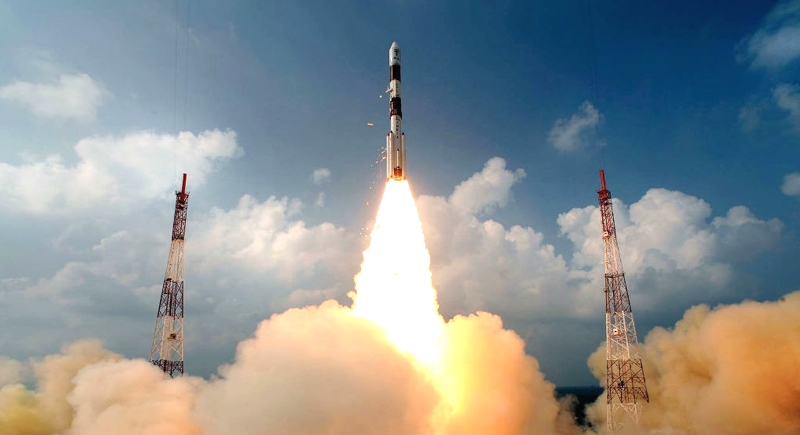Recently launched, ISRO loses communication with GSAT-6A
Bengaluru, April 1: Creating history with the launch of GSAT-6A satellite via the GSLV from the Satish Dhawan Space Centre in Sriharikota, Indian Space Research Organisation has built up a lot of curiosity among the people. Unfortunately, things are not quite well as it assumed to be. ISRO confirmed it today afternoon that communication with GSAT-6A, the country's newest communication satellite, was lost after the second firing of the on-board engine, which was performed on Saturday.

One person familiar with satellite technologies said spacecraft have redundancies or backups; the MCF worked on it overnight on Saturday. The 2,000 kg-plus GSAT-6A was launched on the indigenous GSLV rocket on March 29 from the Satish Dhawan Space Centre in Sriharikota. It was placed in an initial elliptical orbit 169.4 km x 36,692 km.
The MCF picked up its control within minutes. From March 30, it started routinely correcting the orbit into a circular one a critical but frequently done exercise that lasts for about a week to ten days.
After the first on-board motor firing for about 36 minutes on Friday morning, the ISRO announced that the satellite's orbit became 36,412 km X 5,054 km with an inclination of 11.93 degrees to the Equator; it was circling the Earth almost every 13 hours.
Built to last ten years in space, GSAT-6A came with a technology that combines a large unfurlable S-band antenna in space and small, hand-held ground terminals highly suited for the military in remote area operations. It was expected to join its three-year-old sibling, GSAT-6, in the next few weeks.